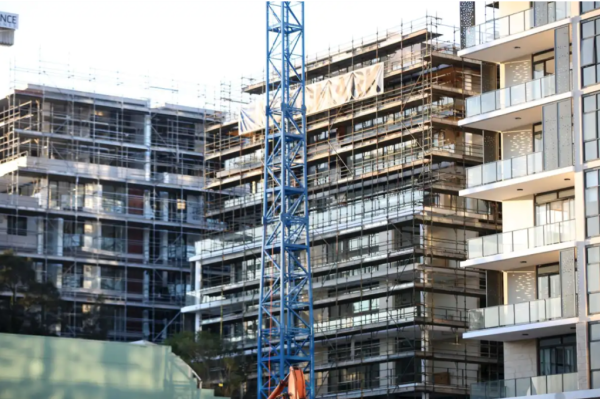 Vietnamese
Vietnamese
Slumping apartment pipeline creates opening for BTR
The pandemic that has slashed Australia’s new apartment pipeline gives this country an opportunity to kick-start build-to-rent in the same way the UK did when the GFC’s brake on private development drove the growth of the sector there, JLL says.

Going down, rather than up: Australia’s apartment pipeline is shrinking in the largest cities of Sydney and Melbourne.
The commercial real estate agency on Monday published new research showing Victorian apartments under construction have almost halved from their 2019 peak to 9995 and Sydney apartments under construction have sunk nearly two-thirds from their 2018 peak to 6120.
The March-quarter figures showed slumping migration and the drop in private investment put Australia in a similar situation as the UK in the wake of the GFC. Deliberate policies there, however, got build-to-rent going at scale, making it a sector with a pipeline of about 180,000 BTR units today.
“That government support to prevent a housing crunch post-crisis in the UK … really got the sector going,” JLL’s Australia head of residential research, Leigh Warner, told The Australian Financial Review.
“We largely missed that downturn. But this is our good opportunity now to encourage the development of a sector.”
Australia has a 68,600-strong pipeline of apartments in construction, approved, in planning or being completed this year, JLL’s latest National Apartment Market Report shows.
The looming supply shortage in east-coast Australia is hidden in part by the delayed completion – in lockdown-affected Melbourne particularly – of some large projects last year because of the pandemic, which will push apartment completions up this year compared with 2020.
The weak inner-city apartment rental market also paints a picture of oversupply of attached dwellings.
However, these factors – and the white-hot detached house development market – obscure a drop-off in new attached housing projects that will take years to get going again at scale, especially as most only commence construction after a marketing process to meet presales hurdles, Mr Warner said.
Without foreign arrivals or investors, many developers of traditional for-sale apartments are turning to BTR as they can start construction of these quicker, without retail sales processes, but the volume was not nearly enough to offset the slowdown in build-to-sell units, he said.
Without policy changes to encourage development of new rental stock, Australia faces a rental supply crunch when the country’s borders reopen, Mr Warner said.
“By 2023 the border should well and truly be open and demand should be back up,” Mr Warner said.
“The pinch will be felt by then – and a bit earlier in some markets. It’s happening quicker in Perth and in Brisbane, the pipeline of supply is now very, very limited.”
The largest eastern states had all started making policy changes to encourage further BTR and this was a hopeful sign, he said.
“There is optimism that there are still more changes to be made to encourage the sector, but in general, NSW made their land tax cuts in the COVID environment and Victoria followed,” Mr Warner said.
“Queensland introduced its plot scheme and extended that a little bit to help support the sector.”
However, higher land taxes Victoria introduced in its state budget last month prompted BTR developer Greystar to warn more than a quarter of its planned $4 billion build-to-rent pipeline could go north to NSW.
“The Victorian changes were disappointing,” Mr Warner said.
By MICHAEL BLEBY

